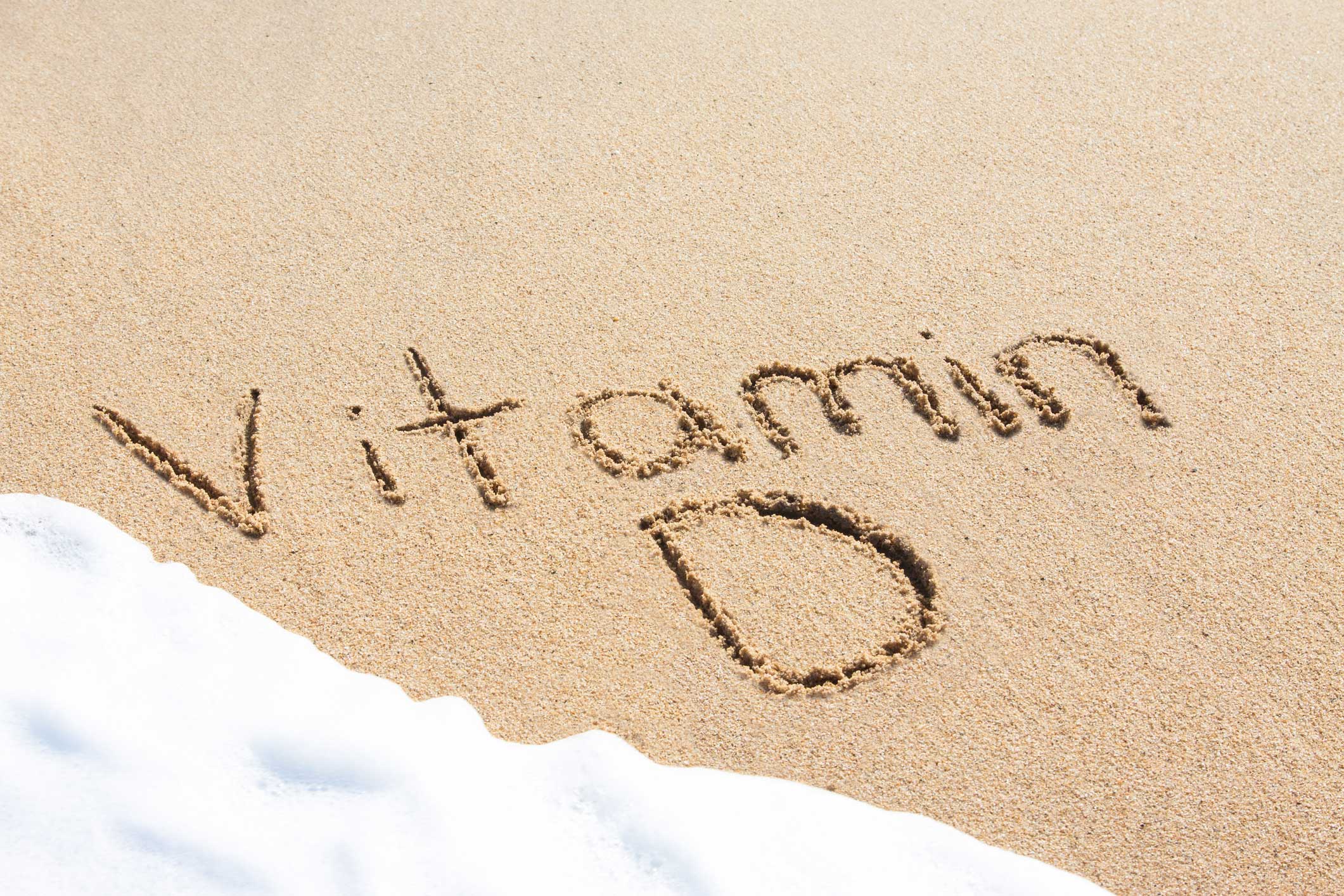 Q: I am Vitamin D deficient and should be taking 2,000 IU’s a day. Without taking vitamin supplements or drinking milk, what else can I eat or drink organically to make up for the deficit that would be equivalent to taking 2,000 IU’s a day?
Q: I am Vitamin D deficient and should be taking 2,000 IU’s a day. Without taking vitamin supplements or drinking milk, what else can I eat or drink organically to make up for the deficit that would be equivalent to taking 2,000 IU’s a day?
A: Osteopenia, osteoporosis, and osteomalacia are the chief consequences of vitamin D deficiency. The primary role of vitamin D is absorption and regulation of calcium. Beyond bone health, there is some evidence that vitamin D supports the health of muscle and nerve tissue.
Adequate vitamin D intake from food alone is challenging because there is a limited number of foods that are rich in vitamin D. The best sources are fish liver oils: fatty fish such as salmon, sardines, trout, mackerel and tuna. Below is a list of the top dietary sources:
- 1 tsp. cod liver oil: 400-1000 IU
- 3.5 oz. salmon, wild caught: 600-1000 IU
- 3.5 oz. salmon, farm raised: 100-250 IU
- 3.5 oz. salmon, canned: 300-600 IU
- 3.5 oz. sardines, canned: 300 IU
- 3.5 oz. mackerel, canned: 250 IU
- 3.5 oz. shiitake mushrooms, fresh: 100 IU
- 1 large whole egg: 41 IU
- 8 oz. fortified milk or yogurt: 100-200 IU
- 8 oz. fortified orange juice: 100 IU
- 1 oz. fortified cheese: 35 IU
The best way to avoid deficiency is to consume foods from the list above, get some sunshine and take a supplement. During the summer, our body can make about 10,000 IU of vitamin D3 just from being outside in shorts and a t-shirt for 10-20 minutes. Unfortunately, in New England from October through March the sun angle drops so low that we can no longer make vitamin D3.
So it is important to take a supplement to maintain an optimal blood concentration: 40-80 Nano grams per milliliter (ng/ml) 25-hydroxy vitamin D (25(OH)D).
What factors could increase the risk of developing vitamin D deficiency?
- Gastric bypass surgery
- Inflammatory bowel disease
- A condition that causes fat malabsorption
- Overweight or obesity
- Advanced age
If you have vitamin D deficiency — defined as less than 30 ng/ml 25(OH)D — your health care provider should review your medical history, supplements and medications to determine the dose that is right for you. Repeat blood tests should be done three and six months after you start the supplement to adjust the dose as your vitamin D3 levels are restored.
Vitamin D comes in two forms: vitamin D2 (produced by some plants) and vitamin D3 (synthesized when the skin is exposed to sunlight). Vitamin D3 is preferred because the liver is able to convert it more efficiently to the form the body uses.
The No. 1 natural source of vitamin D3 is cod liver oil. There is about 1,200 IU of vitamin D3 in one tablespoon, or about three soft gels. If concern over contaminants or heavy metals is keeping you from taking this supplement, studies have found that most cod liver oils available on the market contain little or no mercury, dioxins or PCBs. If you prefer not to take cod liver oil, there are other options.
The best non-fish oil vitamin D3 supplements are suspended in olive or coconut oil for palatability and to enhance absorption. Simply place a couple drops on your wrist and lick them off. What could be simpler? To restore vitamin D3 levels, I recommend taking 4,000 IU (2 drops) of this liquid vitamin D3 supplement daily. Once your vitamin D3 levels are in a healthy range, continue taking 2,000 IU daily to prevent deficiency.
(A note about toxicity: Vitamin D toxicity is extremely rare and is usually due to taking extremely high doses—50,000 IU daily. Vitamin D toxicity—200-250 ng/ml 25(OH)D—can increase risk for calcification of the kidneys and blood vessels. These negative effects disappear once high dose are discontinued
What else can you do to support bone health?
Eat more fruits and vegetables. Epidemiological surveys report a positive association between fruit and vegetable consumption and bone health later in life.
Exercise more. Only one in four men, and one in five women exercise enough. The National Osteoporosis Foundation recommends adults engage in weight-bearing exercise for 30 minutes most days of the week and incorporate strength building exercises — such as lifting weights and using resistance bands — two to three days per week. Weight-bearing exercise such as walking, jogging, hiking, and strength training are the best ways to preserve bone mass. Even postmenopausal women experience an increase in bone density from performing weight bearing exercise.
Consume a lower-sodium diet. The average American in their forties consumes 3,800 mg of sodium per day, that is 65 percent higher than the recommended 2,300 mg. Besides increasing risk of hypertension, high-sodium diets also increase urinary calcium loss.
Focus on eating calcium-rich foods instead of taking calcium supplements. Several recent studies report that calcium supplements have questionable benefits and may increase risk of cardiovascular events (heart attack and stroke) in women and men over the age of 50. The best dietary sources of calcium are dark leafy greens and dairy. Dark leafy greens like kale and collards are also rich in vitamin K which helps move calcium into the bones. Spinach and beet greens are rich in calcium but should be cooked to enhance absorption.
Be well.
Brenda Viens is a Community Life Skills Dietitian for Backus Hospital and Thames Valley Council for Community Action. Email her at Brenda.Viens@hhchealth.org. Have a nutrition question for Brenda? Email her at Brenda.Viens@hhchealth.org.

